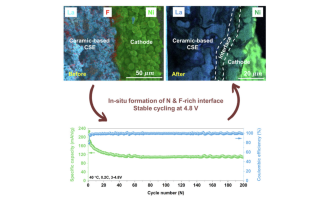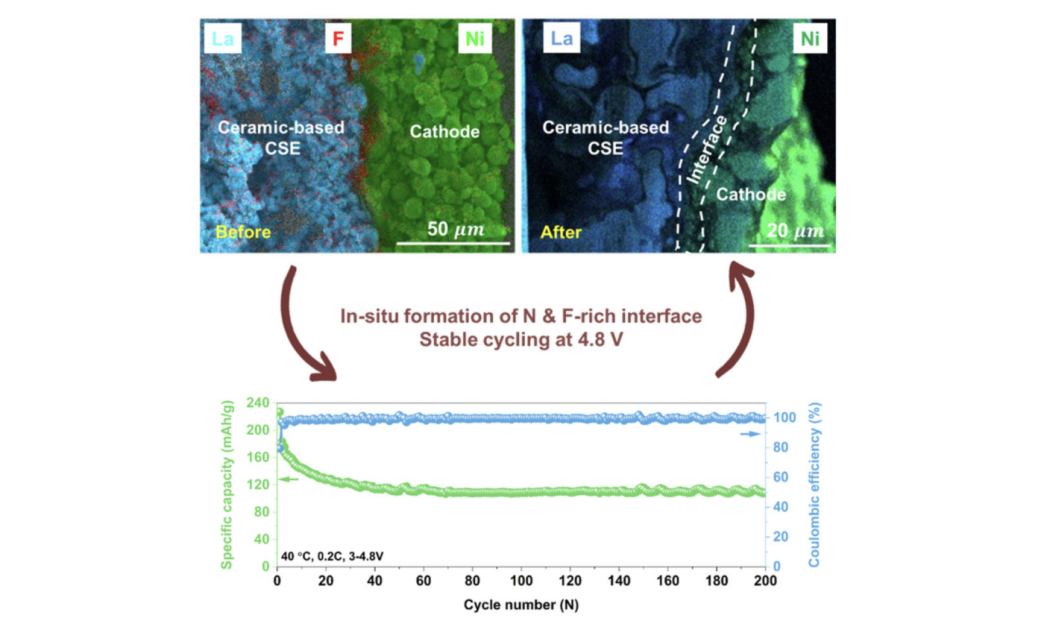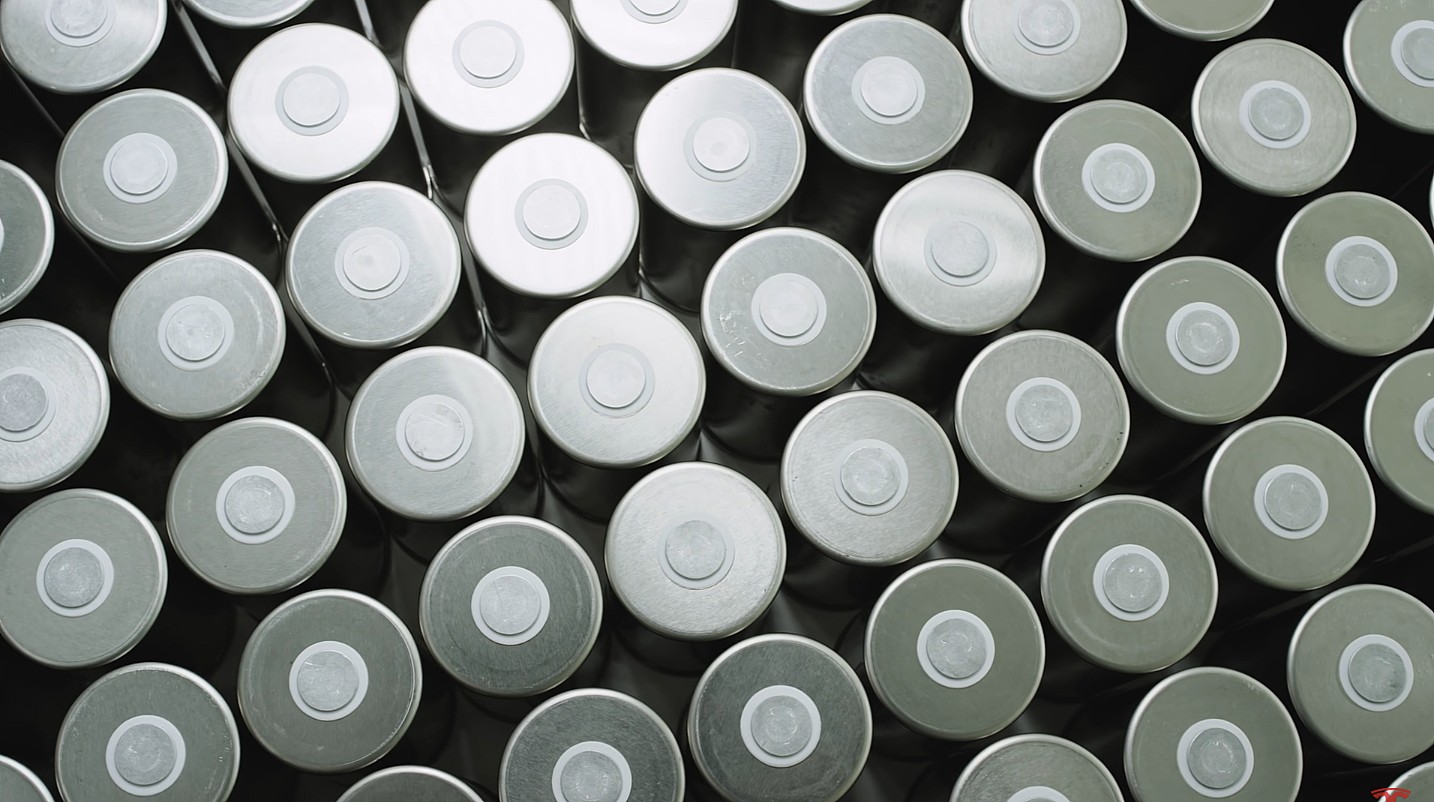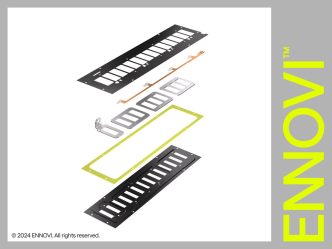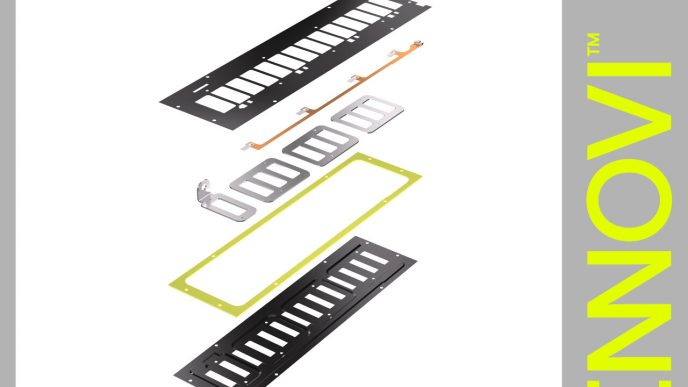Researchers at McGill University in Montreal have announced a significant advancement in the development of solid-state lithium batteries, successfully eliminating the interfacial resistance between the solid electrolyte and the electrodes. This achievement could enhance battery efficiency and performance for various applications, particularly in the automotive sector.
The findings, detailed in the study titled 4.8 V All-Solid-State Garnet-Based Lithium-Metal Batteries with Stable Interface, were published in Cell Reports Physical Science. Solid-state batteries are seen as a promising alternative to traditional lithium-ion batteries, which utilize flammable liquid electrolytes. The new solid-state designs offer the potential for greater durability and reduced degradation over time.
Traditionally, high-performance solid-state batteries have been hindered by resistance that develops at the interface between the ceramic electrolyte and the electrodes. This resistance can diminish battery efficiency and limit energy output. The McGill team, led by George Demopoulos and Senhao Wang, discovered that incorporating a porous ceramic membrane infused with a small quantity of polymer can facilitate freer movement of lithium ions within the battery. This innovation effectively removes interfacial resistance, significantly boosting battery performance.
This year has seen numerous breakthroughs in solid-state battery technology, each employing varying strategies to tackle interfacial resistance. Recent advancements include research, solutions for supply chain integration, and initial testing in vehicles.
In a related development, in September 2024, nanotechnology firm OCSiAl inaugurated a dispersion plant for single-walled carbon nanotubes in Serbia. This facility is expected to supply materials to ProLogium, a solid-state battery cell manufacturer located in Dunkirk, France, which is set to commence mass production in early 2027.
Source: innovationnewsnetwork.com

